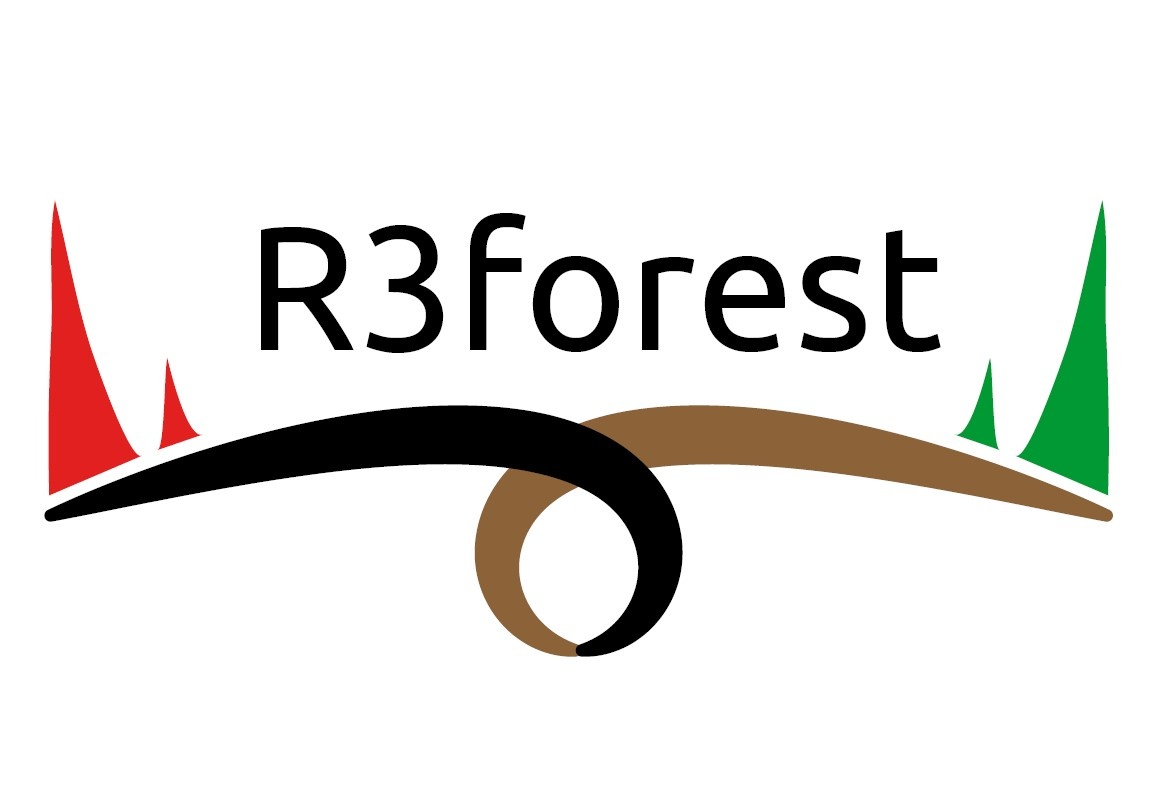Summary:
Forest fires, such as the devastating events in 2017, will be more frequent in the future, further fuelled by global change and recurring drought events (Russo et al., 2017). These fires do not only destroy the vegetation, but they also leave the soil barren and susceptible to erosion, with inevitable loss of topsoil and thus the capacity of the soil to hold water and nutrients. While the mediterranean ecosystems have evolved to cope with fire events, they further face unprecedented pressures, as invasive species will rapidly colonize the burned areas and put at risk the natural regeneration process. This is a vicious cycle, degrading the landscape and diminishing the ecosystems resilience, putting biodiversity and peoples' livelihoods at risk. All these challenges are known, stated in the strategic biodiversity plan of Europe and adopted by Portuga l (EU Commission, 2011) and many potential solutions have been brought forward: invasive species can be managed, soil can be protected, forest can be replanted. But the implementation of all of these 'best practices' is often not feasible, especially in the regions mostly affected by recent forest fires, where the majority of forest is under medium to small scale private management (below 10 ha) (Valente et al., 2015). So, the most important question is if there can there be an overall solution that tackles many of these issues and be still feasible for a medium-scale forest manager? Here, we present a project that aims to imple ment and evaluate an array of technical solutions simultaneously, which use best practice synergies to achieve a healthy soil, tackle erosion, increase biodiversity, manage invasive species and maintain forest production at the same time. In order to achieve all these aims, we will use local biomass by harvesting and chipping invasive species to produce green waste compost (GWC). Simultaneously, standing burned biomass will be harvested and chopped to wood chip (WC) mulch. Then, contour bunds will be created and filled with GWC and WC and various forest species will be planted. These range from exotic to native species, giving the stakeholders an array of potential solutions to work with. We expect diminishing erosion rates and favourable soil microclimatic conditions that lead to soil organic matter formation, native plant emergence and higher growth rates. Furthermore, we hypothesize a synergistic effect of best practices that are each known to have beneficial effects on their own: contour bunds increase infiltration rates and decrease runoff (de Figueiredo et al., 2012), wood chip mulching diminishes erosion (Prats et al., 2012) and compost applications help tree development (Larchevêque et al., 2006). Thus, if the project is successful, we hope to change the minds of hesitant land owners by demonstrating the great advantages of simultaneous application of these practices, which will benefit the soil, the native vegetation and the planted species alike. The data obtained will show that prioritizing these practises is of utmost importance to protect the soil, which is crucial for the systems’ resilience and the continuation of forest activities. Demonstrating this connection will show that benefits obtained from protecting and nurturing the soil outweigh by far initial management costs of the stakeholder. The methods used for monitoring the projects’ progress will rang e from traditional biodiversity assessments and plant ecophysiological parameters, such as NDVI and growth rate measurements, to soil organic matter and nutrient analysis and field assays to measure soil erosion. Also, we´ll use modern open-source sensor technology to create a temporal data set on soil matric potential and temperature changes with real-time cloud data storage and visualization. Joining this data set together with drone footage to map the vegetation recovery, we aim to produce engaging, open source data available online. The dissemination and outreach of the project will then be achieved using both these novel pathways and such as social networks and open source data presentation and sharing, as well as connections to local councils and organizations. The consortium proposing this project combines long-term expertise in biodiversity assessments, plant physiology and invasive species science with profound experience in composting, plant-soil interaction and soil organic matter dynamics (cE3c). It also includes knowledge about policy making and climate change (cE3c, stakeholders) as well as applied research in forest management (RAIZ) and sustainable forest development (SilvaPor). Also, this project will have strong overlaps with two funded PhD theses concerning post-fire establishment of eucalyptus and management practices related to Acacia-Eucalyptus competition. In essence, this project will produce important data about how to accelerate regeneration efforts using local biomass, existing machinery and simple techniques for sustainable forest management.
Funding Institution:
Fundação para a Ciência e a Tecnologia
Partners:
Proponente: FCiências.ID - Associação para a Investigação e Desenvolvimento de Ciências (Fciências.ID); Parceiros Participantes: RAIZ, Instituto de Investigação da Floresta e Papel (RAIZ); Silvapor - Agricultura e Silvicultura Lda (Silvapor); Sousa Prado & Filhos - Agropecurária Lda.; Unidade de Investigação: Centro de Ecologia, Evolução e Alterações Ambientais (CE3C/FC/ULisboa); Unidade de Investigação Adicional: Centro de Estudos do Ambiente e do Mar (CESAM/UA); Instituto de Biosistemas & Ciências Integrativas (BioISI/FFC/FC/ULisboa); Instituição de acolhimento: Faculdade de Ciências da Universidade de Lisboa (FC/ULisboa).

